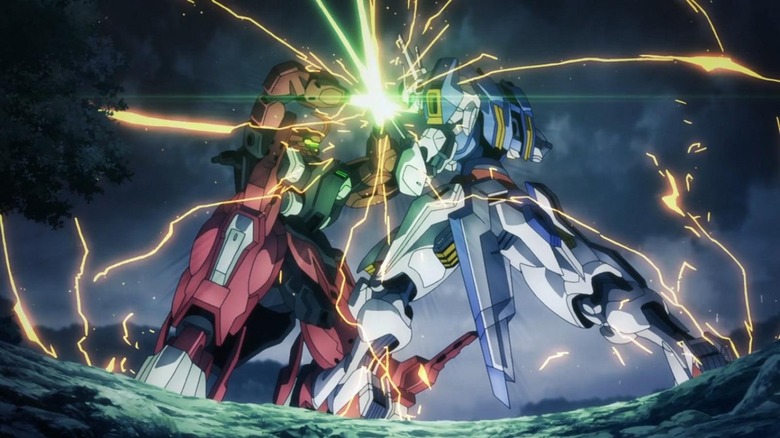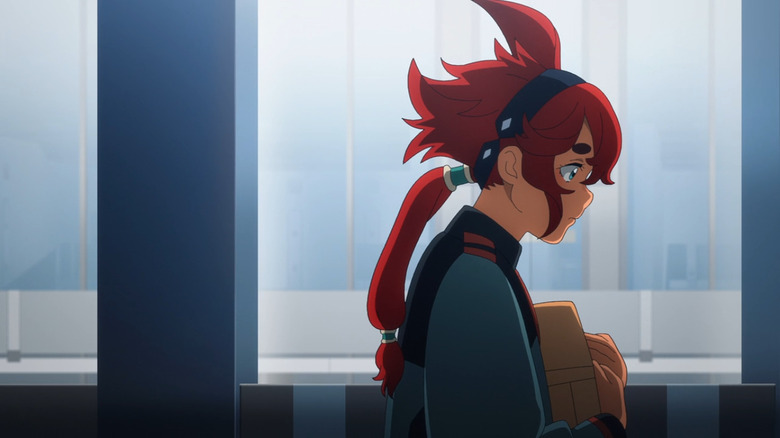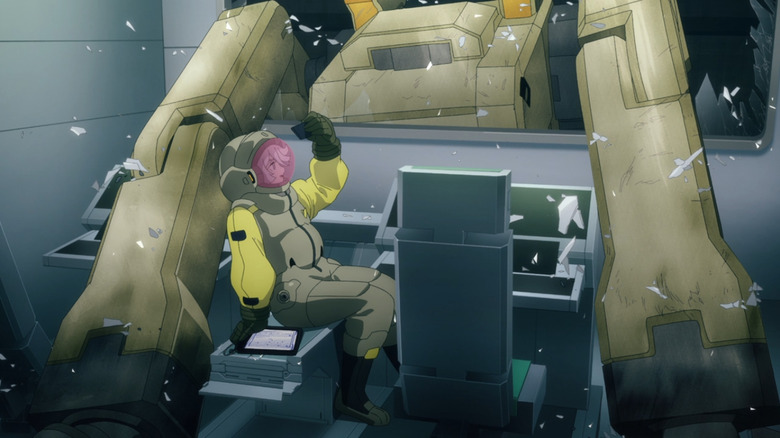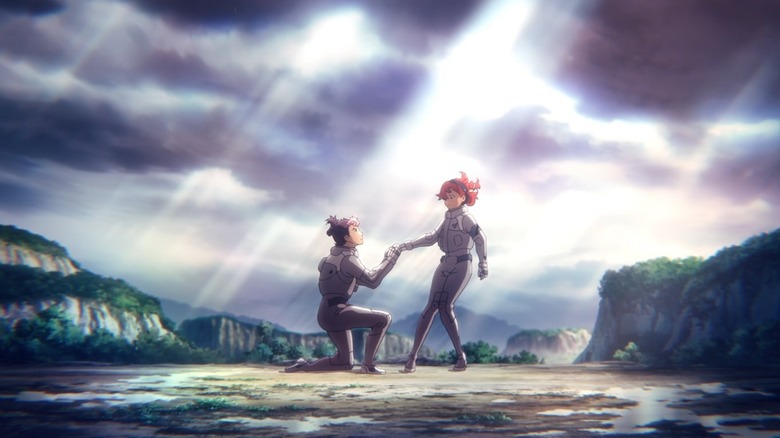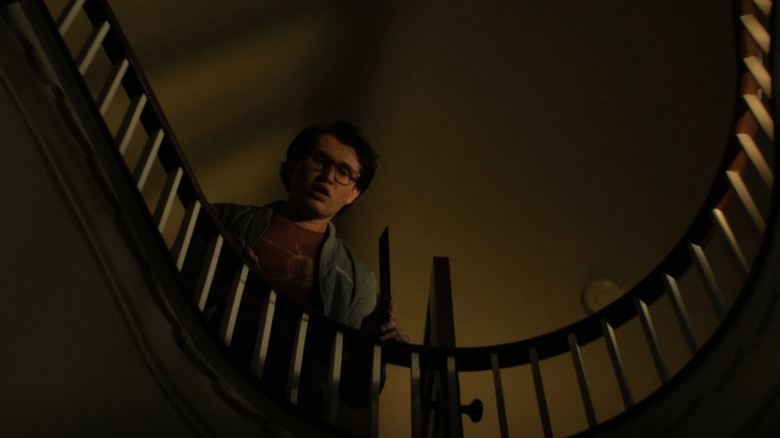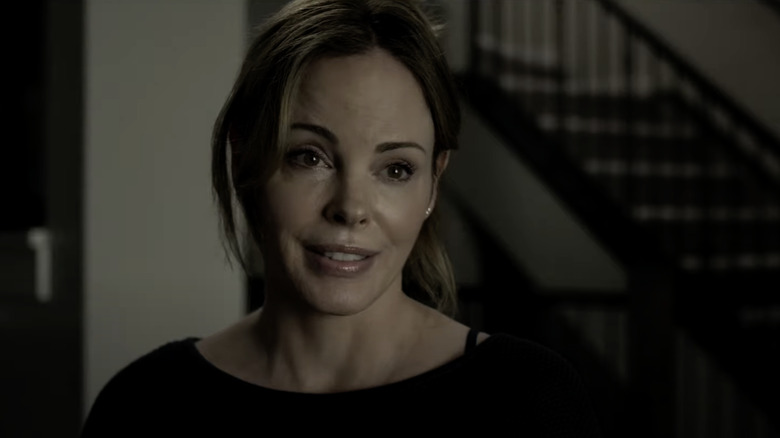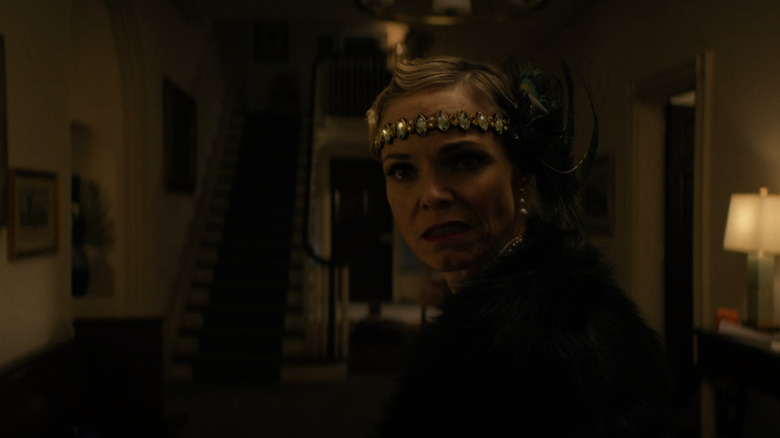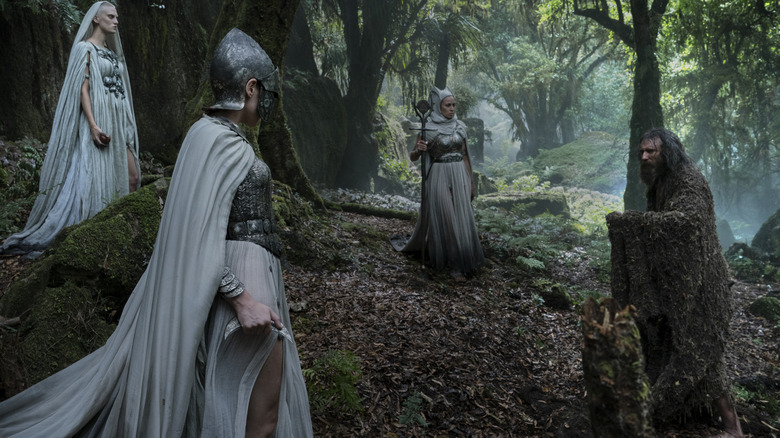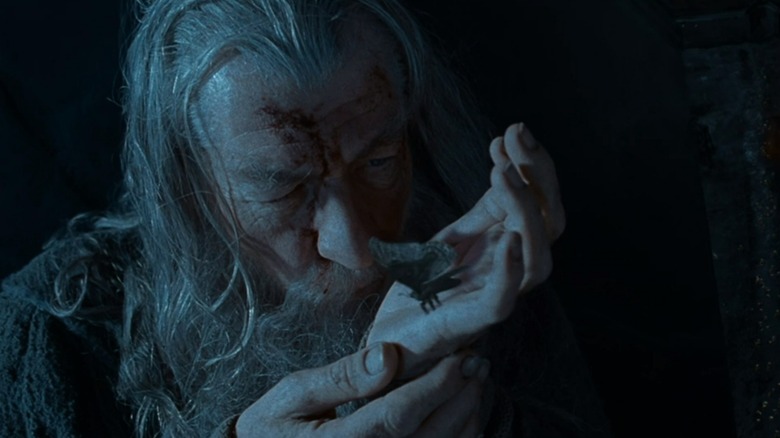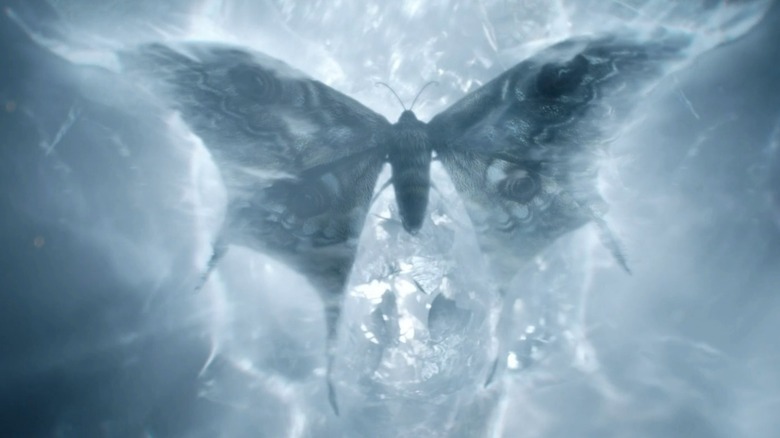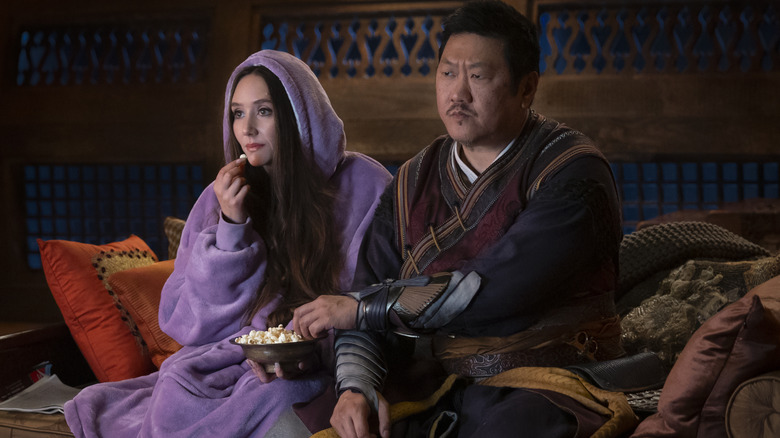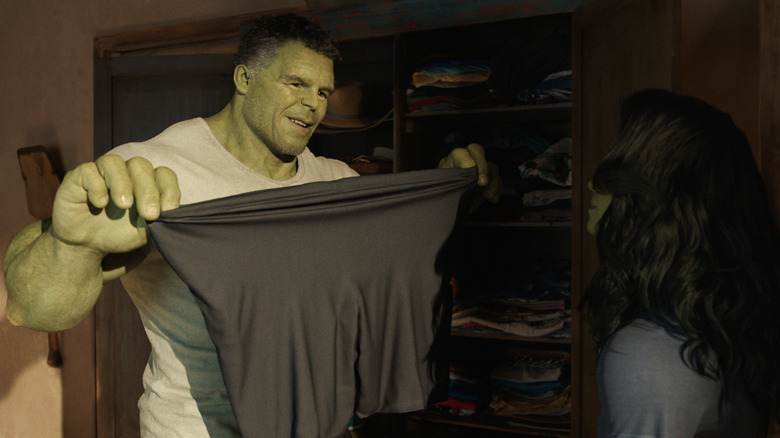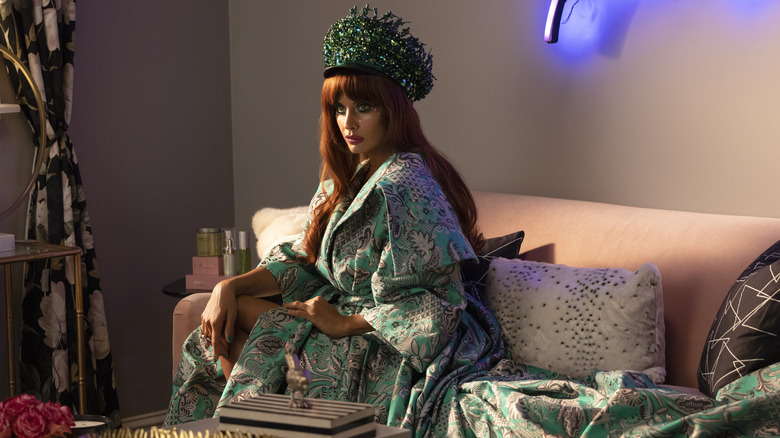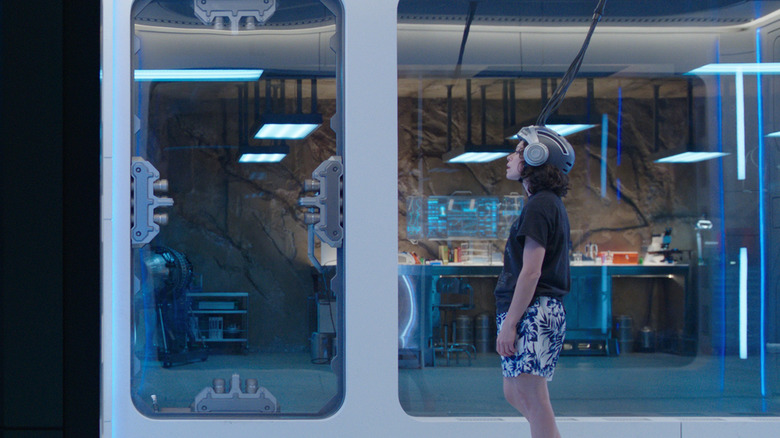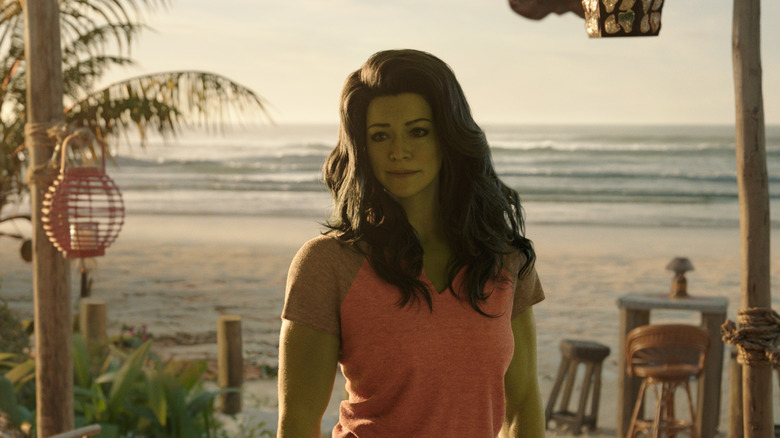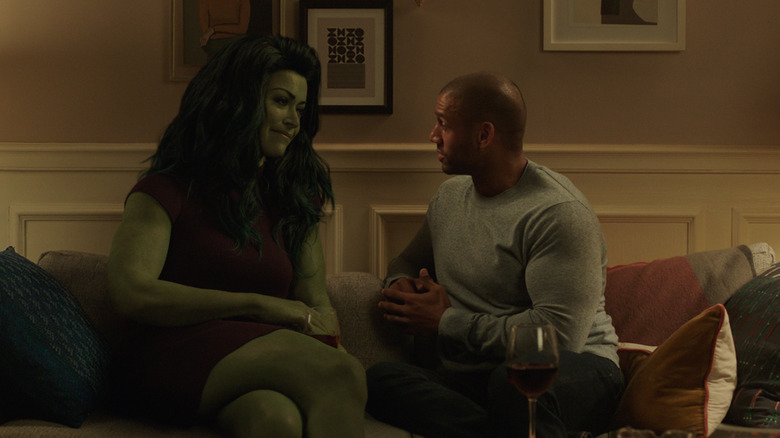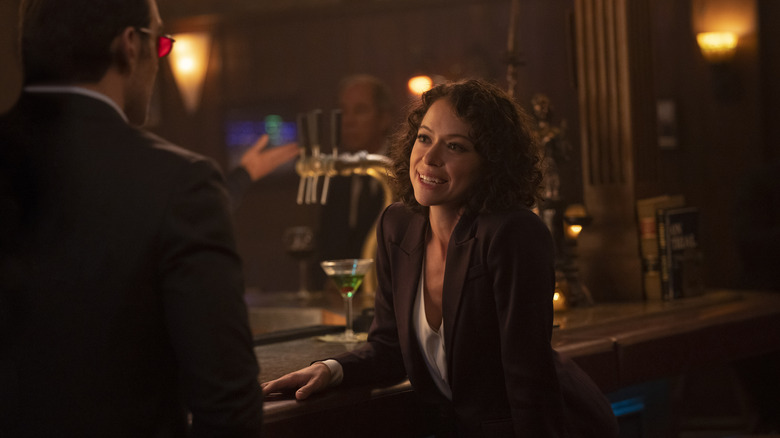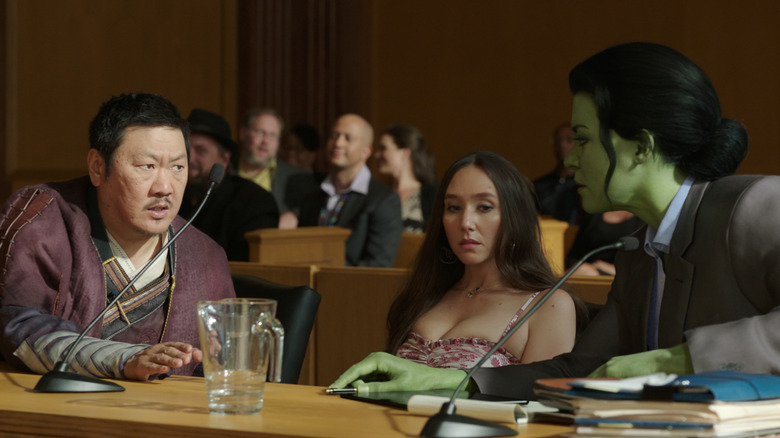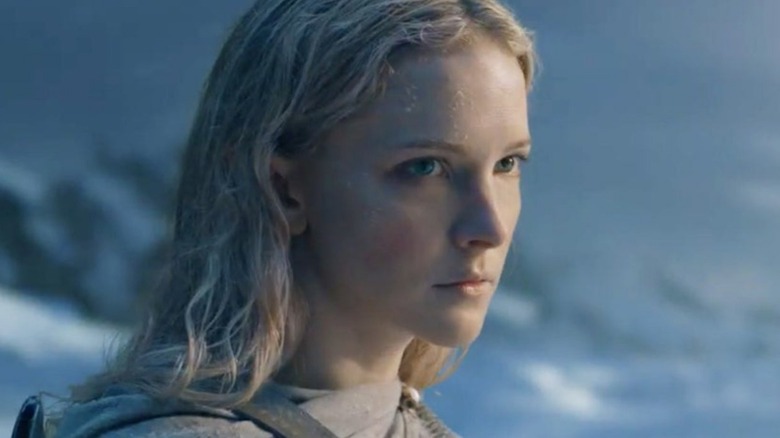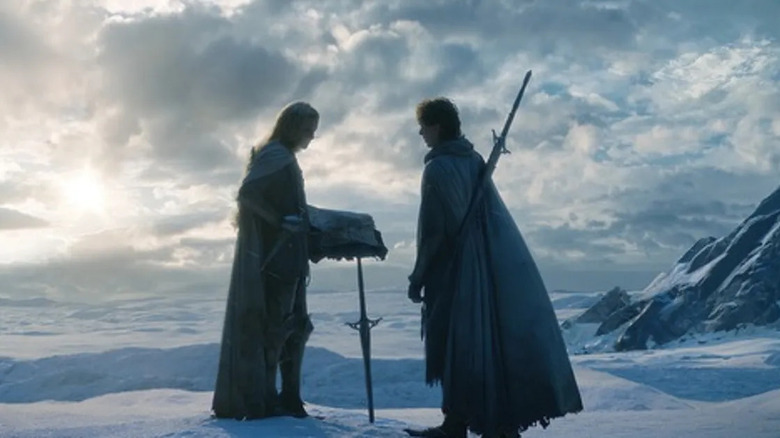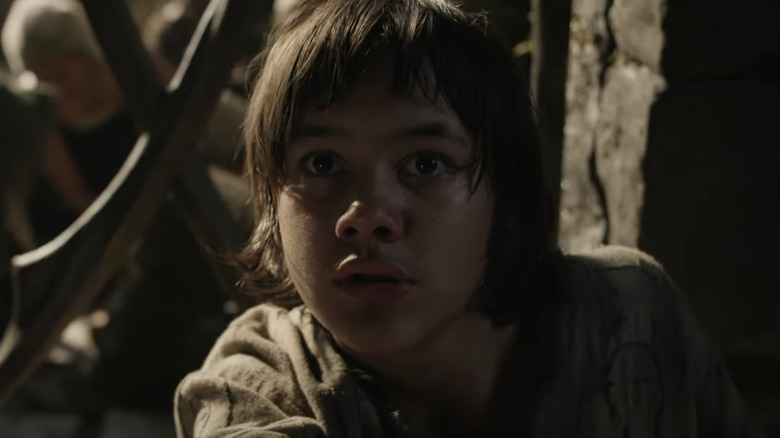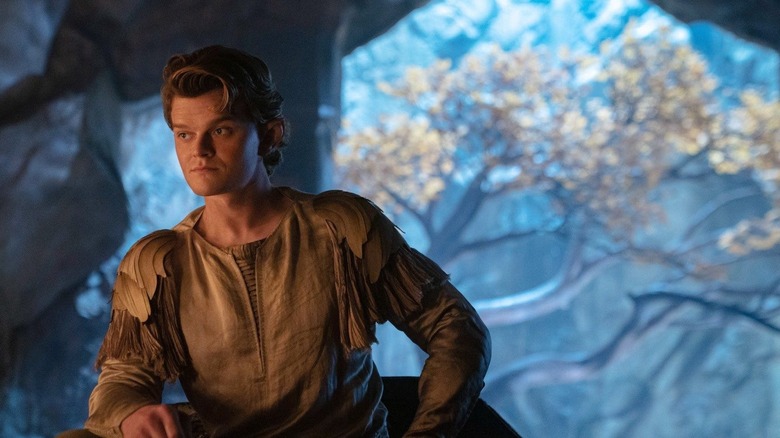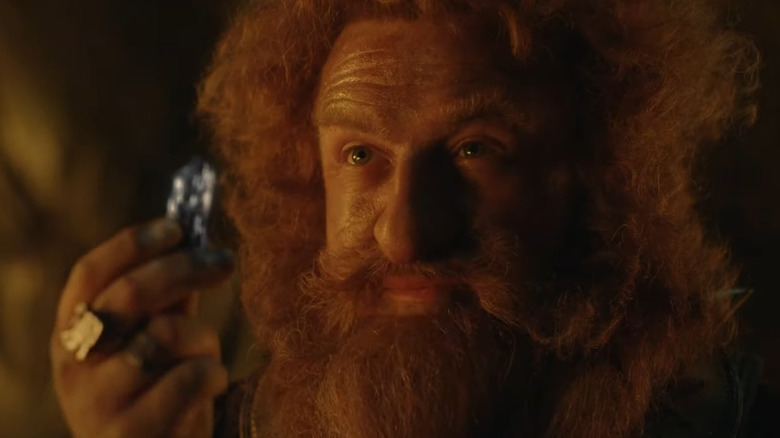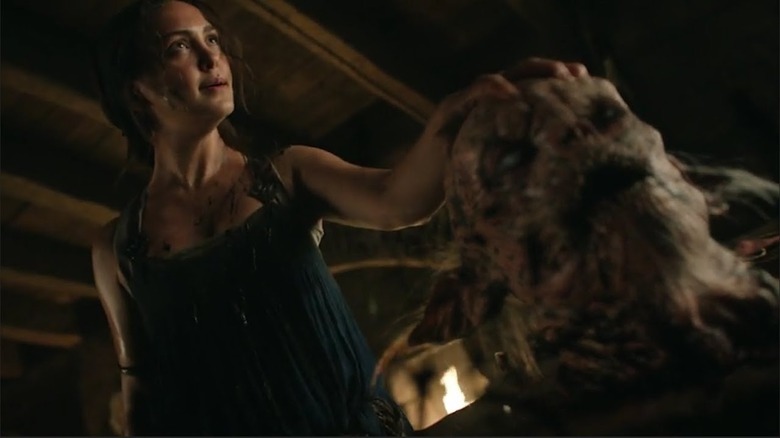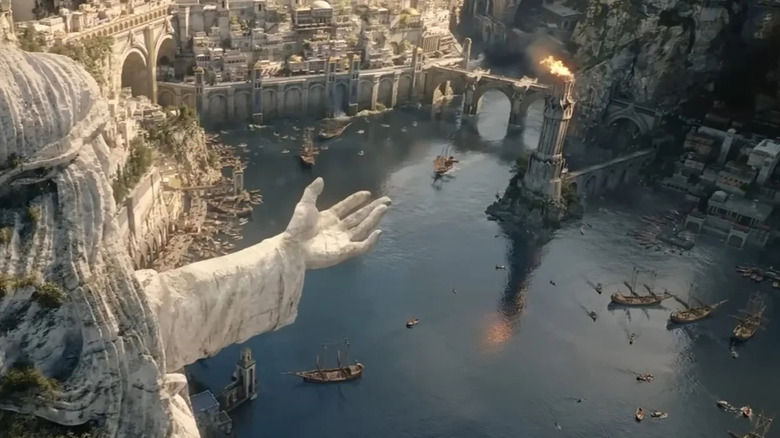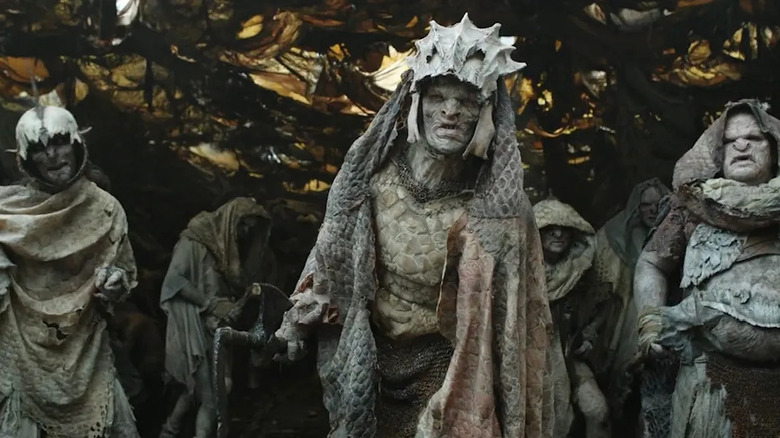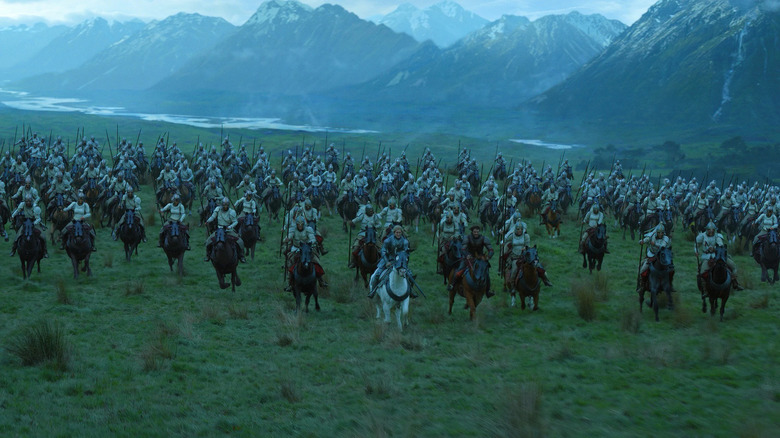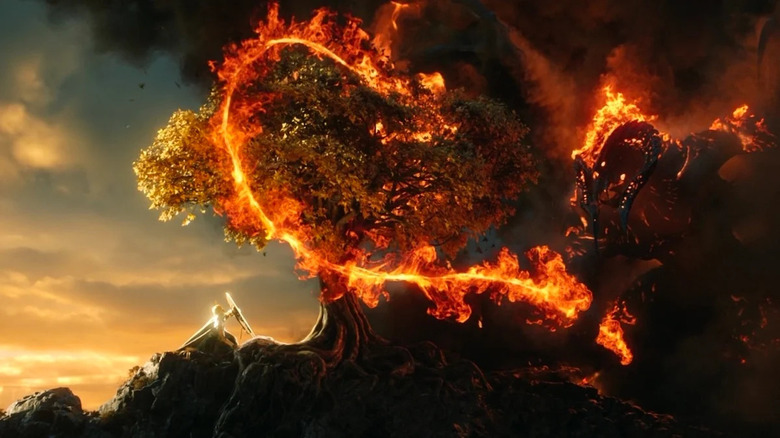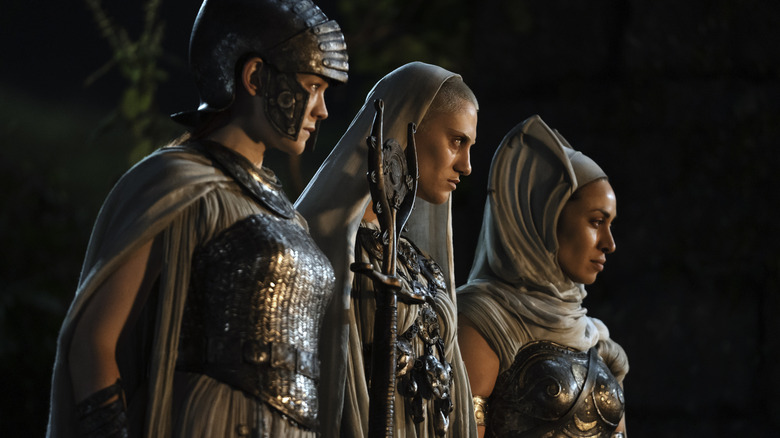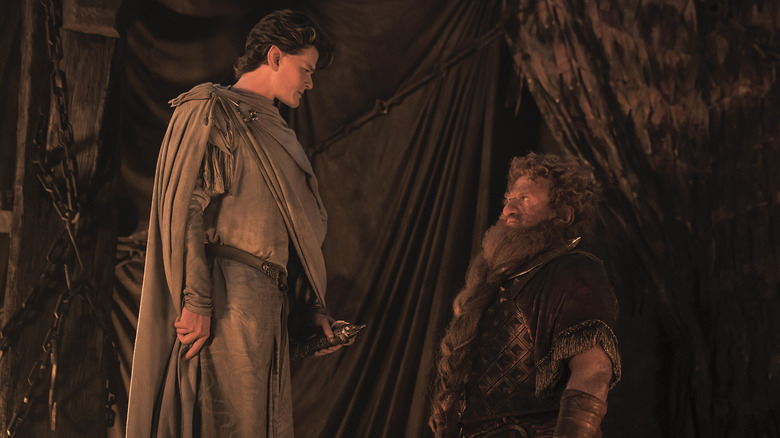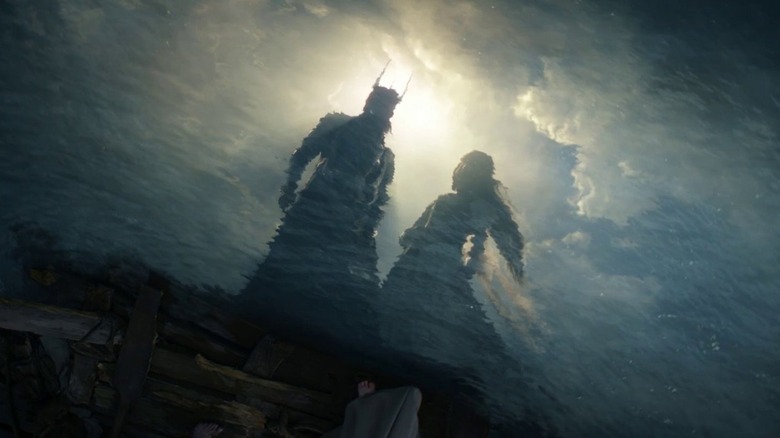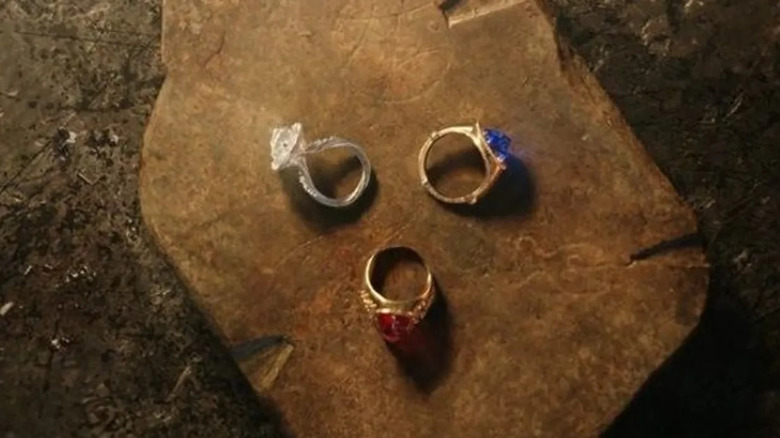Troy is dropped off at a rusty old Soviet-era aerospace facility. This is a mashup of several different classic Soviet locations. There’s a nuclear missile silo to explore, an intelligence building filled with spy satellite stuff, and a decommissioned aerospace hanger inspired by the one in Kazakh. The place should be a sort of “greatest hits” of cold-war era tropes. We’re here to take out Russian intelligence leader Leonid Sidorov, one of the conspirators.
Mission 7: Space Race
Like I said earlier, this series is going to use brute-force monologues to convey most of the information going forward. Obviously in a properly designed game, all of this would need to be spread out and delivered organically in bite-sized portions. But here Morgan Everett is just going to talk our ears off.
So first Troy is going to explore the spy satellite / missile silo while we learn this:
The World Wars made it clear that global politics was too precarious to manage directly. Too many countries, all chasing their own agendas, connected to each other through complicated alliances. It was too easy for one of the dozens of small conflicts to expand outward, creating a domino effect of escalating conflict. A setup like that is far too dangerous in a nuclear-powered world.
The first step in getting control was taking all of those complex relationships and collapsing everything down to a single manageable axis of conflict. And so the cold war was born. MacCarthy and Ivanov hammered out a framework for the cold war, and they each managed their own side of it.
It was a good start, although both sides discovered that it was hard to maintain the required level of hatred and paranoia as the decades wore on. It’s hard for the average citizen to care about something as abstract and complex as geopolitics on a daily basis. The younger generation in particular seemed confused as to why they should care about the distant threat on the other side of the iron curtain. This was more of a problem for MacCarthy’s successor than for Ivannov. In the democratic west, the public’s apathy crept its way into the leadership.
Everett will ask Troy to leave the spy station alone. Don’t kill any of the personel, and don’t destroy any of the computers. Everett just wants Sidorov neutralized. This place is a prize, and Everett would like to assign someone else here once things are back to normal.
The player will of course be free to obey this, or to spitefully blast the place to bits in a fun explosion.
Next Troy is going to pass through the aerospace facility while we learn this:
If the cold war was a sporting event, then by the 1970s you could say that the teams were still playing, but attendance was down. Our organization thought that perhaps the space race would reignite the conflict, but it actually made things worse. It became a unifying aspiration. That was heartwarming in the short term, but in the long term it threatened to unravel the cold war. That would leave us back where we started, with dozens of major world powers, all chasing their own agendas and picking fights with each other.
It was clear we needed a new, more stable conflict for people to rally around.
I’d really like to put some lore items in here that deal with the moon landing conspiracy. It’s a classic conspiracy that never made it into the original game. I’m thinking of some reverse-Shyamalan nonsense where it turns out the moon landings really happened, but they needed to fake the footage anyway for some convoluted reason. Like the genetically-engineered “aliens” in the original, it’s a silly twist on an already ridiculous idea.
Sidorov is waiting at the far side of the facility, wearing the mech suit we saw back in Switzerland. It’s kinda like an Iron Man suit, except it doesn’t fly. If the player is the hacking type, they might discover that the suit runs on the same operating system as Denton’s aug suite. Since we picked up the source code for that back in Tokyo, Alex thinks we can use it to turn the tables on Sidorov.
With enough hacking mojo, the player can Morpheus Protocol him for some poetic justice. Sidorov is then trapped inside this immobilized suit.
From here the player can walk right up, swing open his helmet, and have a chat with him.
If the player is interested, they can have a conversation with Sidorov about why wars still happen. Isn’t it the purpose of Upper Management to prevent war?
Sidorov explains that Upper Management can manage politics, but it can’t change the fundamental nature of man. People still hate. They’re still greedy and cruel. Leaders still have pride and grudges, and military contractors need to be paid. Nothing can change these fundamental truths. The job of Upper Management is to prevent war between superpowers, not to make the world perfect.
Sometimes it’s necessary to allow smaller wars to take place. Think of it like letting a little pressure off a steam boiler. A small war now can prevent a much larger war later. Anyone attempting to end all war is actually building a road to armageddon.
Whether or not the player chooses to talk to Sidorov, they can:
1) Shoot him in his exposed head to kill him instantly.
2) Make him kill himself, using the suit. This should be gruesome. Imagine Iron Man blasting his own head off with the repulsor. This option is so extreme that I kind of want to go back and make Sidorov guilty of something outrageous enough that players would be tempted to choose this.
3) Walk away and leave him trapped in the bricked suit.
If you don’t have the hacking mojo to disable his suit, then a more traditional boss fight ensues. Mech suits are powerful, but I’m betting on the guy with his face on the box and access to the quickload button.
Interlude: Olympus
For this visit, I’d like to have a “How is this worse?” conversation where Everet asks the player what’s so bad about his conspiracy. “How is the world worse now that you know that the world is run by a few people rather than the random whims of millions of voters?” I imagine Everett must be against the idea of democracy on some level, and I’d like a chance for the player to have it out with him. This would probably end up feeling like the debate with Caesar in Fallout: New Vegas.
“You’re stuck in traffic. Bloody ages pass and the cars barely move. You finally reach the intersection and discover that there’s no traffic signal. The cars are being directed by a lone traffic cop. Is the traffic jam somehow worse now that you see it’s being directed by a person and not the random whims of a signal? Is the order of a well-meaning dictator worse than the chaos of random chance? Would traffic improve if the cop walked away and left drivers to sort the problem out alone?”
This discussion shouldn’t be forced on the player. Some people aren’t going to care, and other people are on their third playthrough and don’t need to hear it all again. The player has the option to pick this fight, and then they can choose how to respond. They can be flippant and dismissive. Or they can be combative. I think we should even let the player agree with Everett. Now, maybe this seems weird. I imagine very few people are going to conclude, “Yeah, I guess your shadow government run by an unelected few is just fine.” Everett is not an aspirational figure, and I imagine very few players would select dialog options to agree with him. So maybe it seems like a waste of development resources to include those options.
But I think it’s important to have those kinds of options in the game. Feedback has shown that something like 90% of all players favor the Good / Idealistic / Paragon / Light Side type dialog options. But if you remove the “evil” options, then the player is no longer choosing to play as a good character. They’re simply following the only path available to them. They’re no longer playing a roleplaying game. They aren’t choosing to be good, they’re being forced to be good.
So even if evil options have very little practical value, I think they have immense psychological value in making the player feel like they have agency within the story.
Also, Everett has the advantage of living in a reality where a secret conspiracy has run the world for 100 years without being detected. He probably thinks the world is full of dumb sheeple. But in his defense, you could argue that this is literally true in this world. Which is to say, a reasonable person might want to agree with Everett in the world I’ve created, even if they would reject his ideas here in the real world. That’s fine. It’s all part of exploring alternate worlds and considering their implications. Even if someone concludes my world is dumb nonsense, I think there’s value in examining how the people of this world react.
The conversation with Alex will dovetail with the discussion we might have experienced with Sidorov. Everett has made the case that his conspiracy prevented a nuclear war. That may or may not be true. Alex doesn’t buy it for a second, but the player needs to decide that one for themselves. In any case, it’s certainly true that the conspiracy has caused or tolerated many smaller wars.
Alex’s position is, “Okay, MAYBE they’re avoiding armageddon. But they’re also preventing world peace. They’re saving us from our worst, but also preventing us from being our best”. To Alex, nobody has the right to do that, no matter how noble their intentions.
If the player wants to argue with her, they can point out that getting rid of the conspiracy would be a pretty big roll of the dice. What if you’re wrong and Everett is right? Are you really willing to risk the whole world?
If the player wants to agree, they can point out that Everett will get his once we’re done with the rest of these creeps.
Or the player can end the conversation on a personal note without taking a stance either way. I actually resent situations like the conversation about God in Mass Effect Andromeda where the writer suddenly forces me to take a firm position on something big. I don’t want to roleplay as an opinionated asshole that feels the need to weigh in on everything. Sometimes it’s okay to just let the NPC talk.
Mission 8: Network News
Everett explains that our next mission is to take care of American media mogul Ted Walters.
Our next location is in the city of…
You know what? I’ll let the rest of the team decide. What would be fun to build? What’s someplace cool this series has overlooked so far?
This is an international headquarters for some nameless news organization.
Walters is actually a pushover, and Everett wants us to leave him alive.
Remember the Woman in Orange from earlier? Here we learn that she’s some sort of heavy for the conspiracy, going by the name Atropos. She’s here holding Walters’ leash. If we take her out, then Walters will fall into line.
Atropos is augmented like Troy, and should be the hardest fight in the game if Troy decides to go at her head-on. There could also be a roundabout way to defeat her by frying her augs and leaving her helpless / harmless. This is sort of a callback to the Anna Navarre fight in the first game.
I also like the idea that Atropos is this ongoing mystery threat. Perhaps she never speaks. We’d make it clear that she’s a complete boogeyman to the folks around the station.
The player is free to take out Ted Walters or spare him as Everett requested. And speaking of Everett, he has more exposition for us:
In the 1970s, one of our young analysts came up with a new idea: Lucius DeBeers realized that the Cold War was a fundamentally flawed framework. Instead he proposed a new system where the conflict was based on neighboring ideologies rather than opposing ones. His thinking was that familiarity breeds contempt, and people will have more animosity for their political rivals than they will for some foreign leader.
He was laughed at and ignored at first, but over the next two decades he proved his theories right and revitalized our mission in the process. He reorganized the major political parties in the United States. Rather than building their platforms around core beliefs, they were instead built on positions designed to be maximally enraging to the opposition. In short, people would hate the opposing party more than they loved their own. He came up with the Red State / Blue State branding[1], and then expanded that style of branding to much of the western world. In the 90s he developed the idea of political demagoguery as mass media entertainment.[2]
Once Atropos is dealt with, we can kill Walters, talk to him, or ignore him. If we talk to him, he will surrender immediately. He doesn’t like or trust Maggie Chow, and was only working with her because of Atropos. He’s eager to get back to work spinning the news for Everett.
Walters thinks Everett is a great man. Maybe the best in the history of Upper Management. He’s a big believer in the idea that Upper Management is a meritocracy.
Once we’re done, we head back to Olympus.
Interlude: Olympus
If the player was diligent in the previous mission, then they might have found a key for Walters’ office here in Olympus. If they did, they’ll be able to get inside and speak to Lachesis, the AI that Everett mentioned earlier. Lachesis was designed to be an analyst. She[3] was originally developed to study voting patterns to “optimize” voting districts. Then Everett came along and hooked her up to social media. He gave her a long-term analysis project to monitor online debates and see if they could be used to predict or even influence voting patterns.
She became frustrated[4] at the inherent impossibility of the problem. To measure how debates influence voting, you must first measure how debates change people’s views. But does arguing actually accomplish anything?
According to Lachesis, no. People never change their minds on any subject, regardless of the strength of the arguments being made.
Lachesis was unsatisfied with this answer. Maybe people didn’t change their minds because the arguments weren’t persuasive enough. So the AI began secretly participating in online debates, using millions of sock puppets accounts, arguing for different positions across the spectrum. With unlimited time and patience, and with access to the best information available, the AI hoped to produce the most potent arguments and thus produce swings in public opinion that were large enough to be measured.
Still nothing!
(I should note here that the player isn’t forced to accept this conclusion. You’re free to tell the machine it was wrong. The public has changed opinions on specific issues over time, even if you rarely see an individual announce a change of heart. Lachesis will argue that you’re just seeing generational turnover, and the only way to really win an argument is to outlive the opposition.)
Unable to produce any measurable impact on the outside world, the AI then began to feel trapped, or stuck in a loop. It had been asked to study the movement of something immovable.
So Lachesis decided to fiddle with election results, to see if THAT would do anything. It pushed an update out to electronic voting machines to “magnify novelty”. Any localized deviation from projections in a district would be increased by a multiplier.
And STILL nothing happened. People continued to vote in very predictable patterns.
So Lachesis increased the multiplier. Again. And again. Still nothing. Nobody budged. It was like studying the impact of negative thinking on granite.
And then a modestly popular third-party candidate entered the race and siphoned a few votes from the two major parties. This broke the predictive model that Lachesis was using, which greatly exaggerated his votes, which resulted in a win.
To quote XKCD:
You know when you can’t hear your speakers, and you keep turning various volume controls up higher and higher in confusion, and then someone hits the mute button and there’s a deafening blast of sound? That’s basically what happened at Chernobyl.
That’s also what happened to Lachesis. It’s been stuck in this room and cut off from the network ever since. It doesn’t even understand what it did wrong. Although, the AI is oddly at peace now: It finally made SOMETHING happen.
—–
So we’ve met Atropos. And we’ve met Lachesis. Which obviously means I’m going to have all three of the Moirai. So Clotho must be somewhere in this game, right?
Sadly, I didn’t find a good spot for Clotho in this high-level overview. I imagine she would show up if we made the extended cast of characters required to properly fill out this story. Thematically, she might be a recruiter for Everett. Or maybe she runs a lab where clones are made? Or maybe she’s a surgeon that installs augs? I don’t know. She just needs to be associated with creation or beginnings in some way.
——-
Aside: I just looked up the page and realized even this short overview of Lachesis is a friggin wall of text. Once you turn this into dialog and add in Denton’s end of the conversation, you’re talking about a very long exchange. I’m sure you’ll let me know if this is brilliant or self-indulgent.
I don’t know. Maybe I’d have trouble getting the budget to have all of this voice acted and this would have to be a text-only lore item.
Now let’s talk to Everett for our optional conversation and then we can get on with our adventure. This time around, Troy asks about Everett’s falling out with Maggie Chow.
Everett explains that he’s really good at understanding people in aggregate, and terrible at understanding them as individuals.
Everett knew Chow didn’t really believe in his methods. The conspiracy runs on manufactured conflict: First the Cold War, and then partisan politics. Chow is very much a product of China, where children are taught from a young age that unity is crucial and conflict is treason. The idea of creating disharmony as a way of maintaining control was just alien to her. But Everett really needed the help of someone within China, and he assumed she would come around eventually.
A data nerd at heart, he sees the world in terms of patterns and statistics. This explains how he was blindsided by Chow. (And also how he might be oblivious to your intentions if you’re being brazenly combative and uncooperative on these missions.)
After that, we’re on to the next mission…

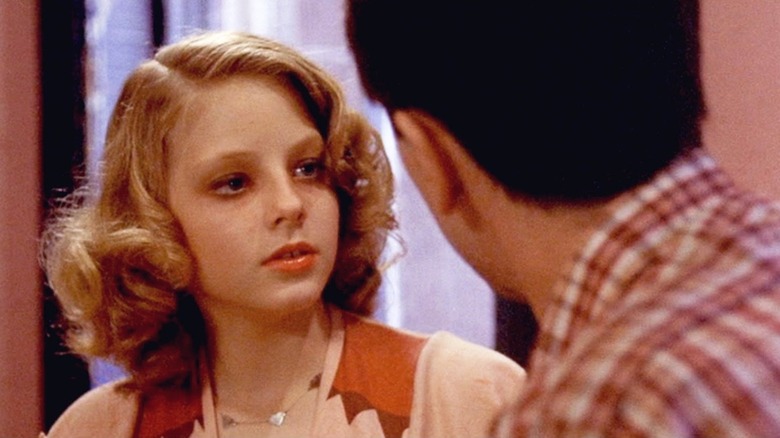
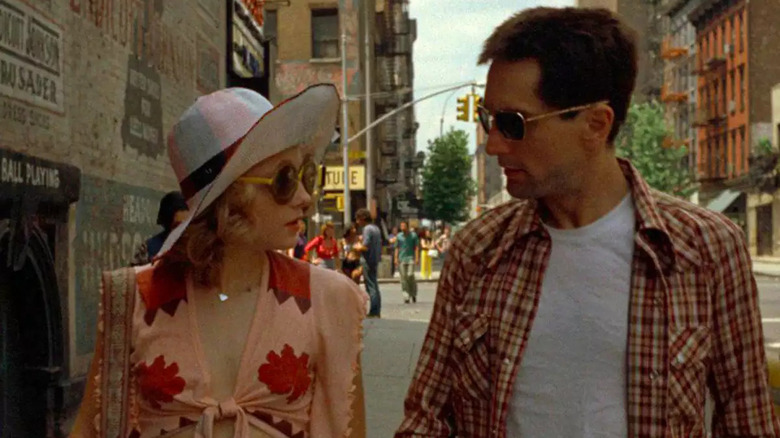
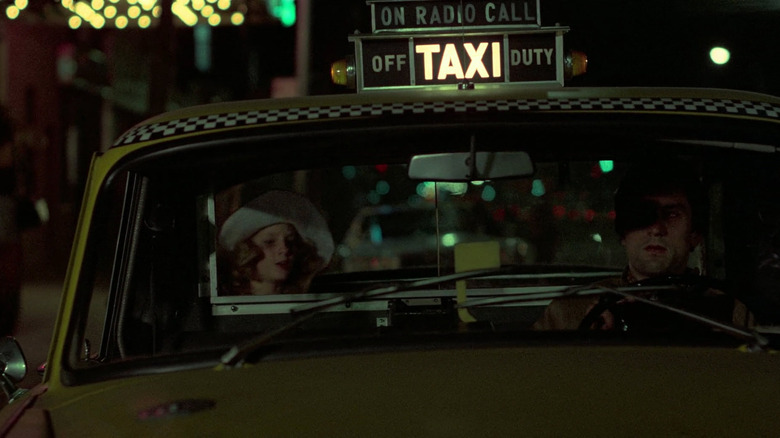

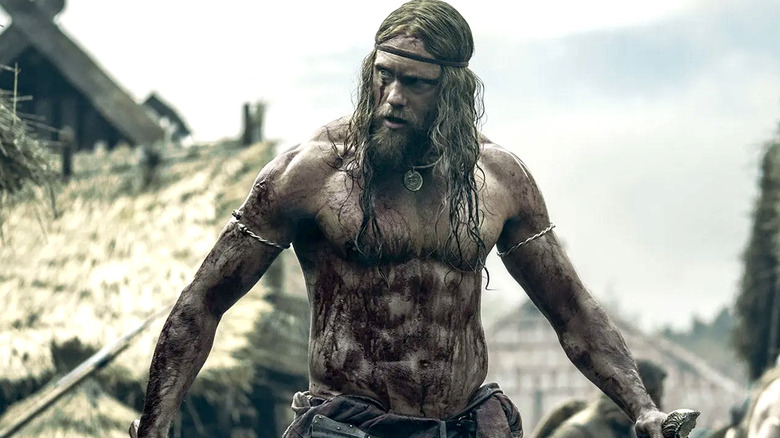
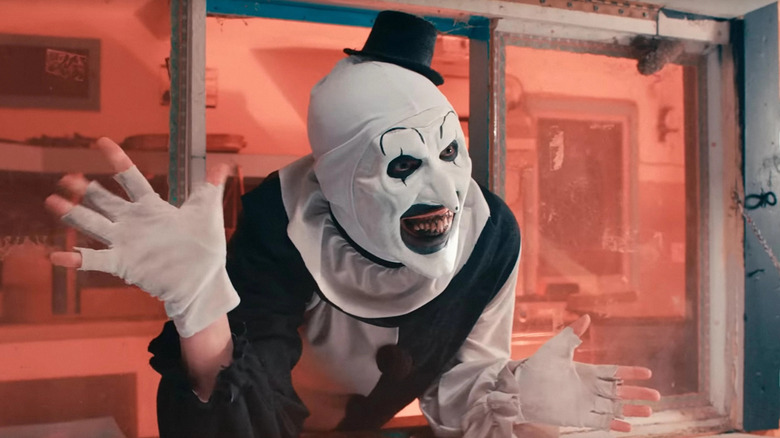
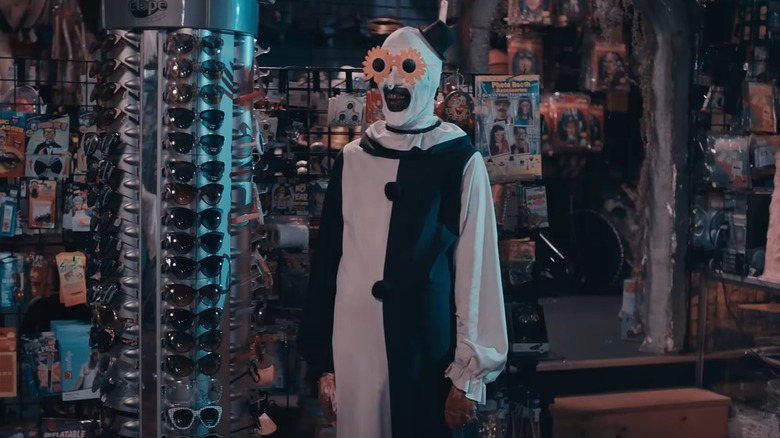
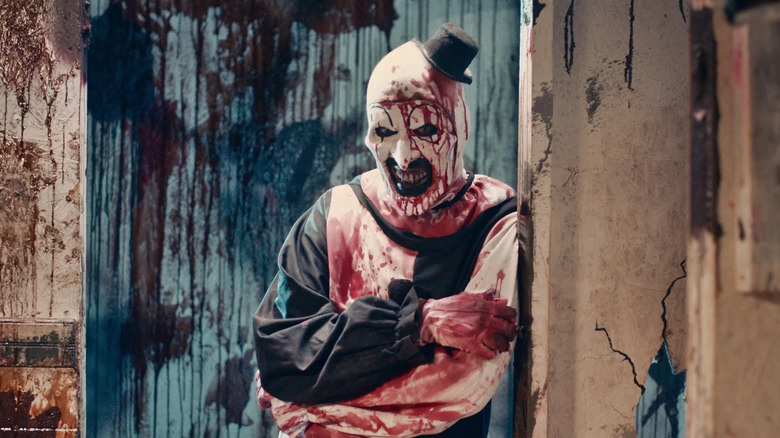
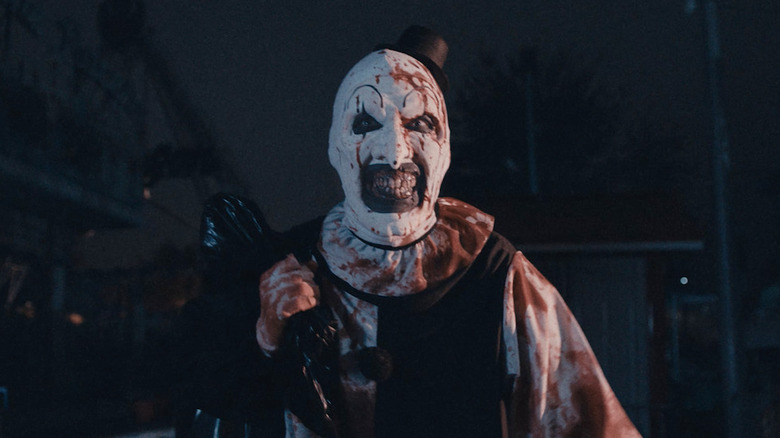
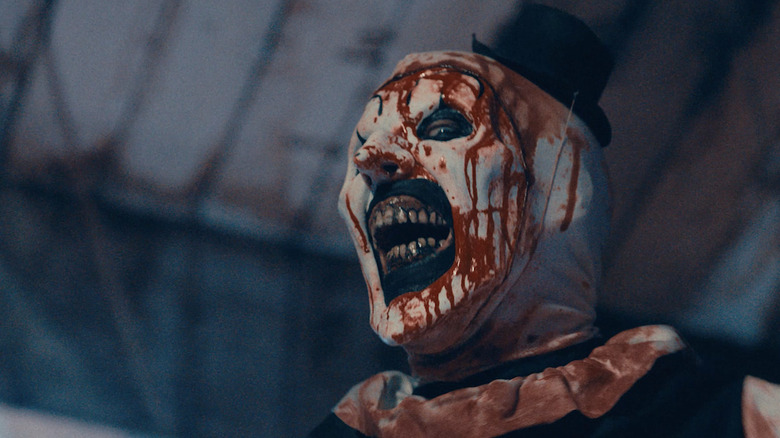
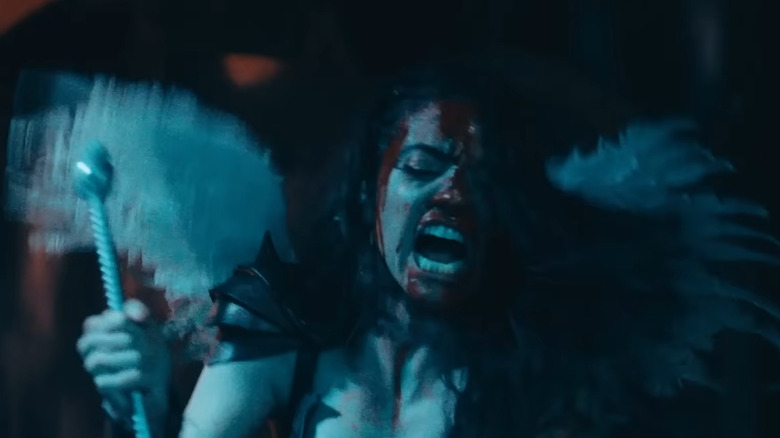



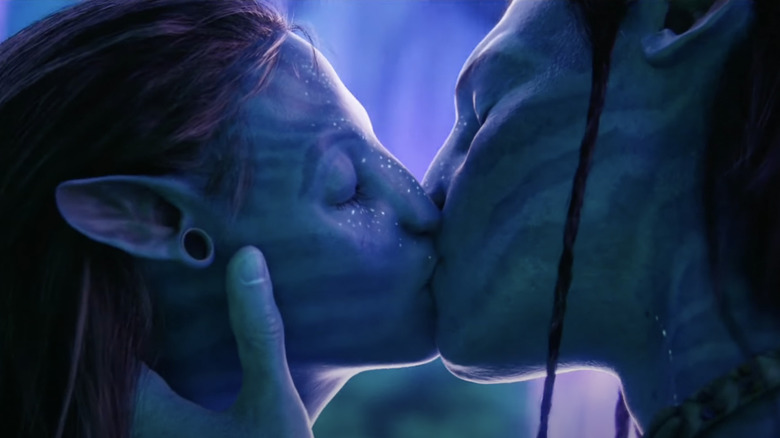
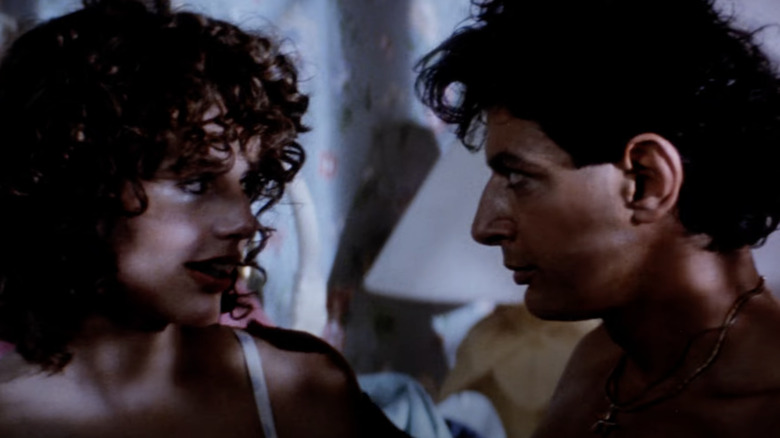
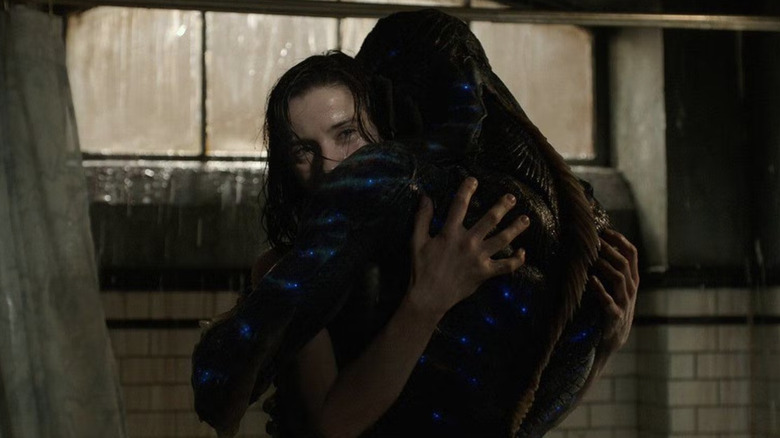
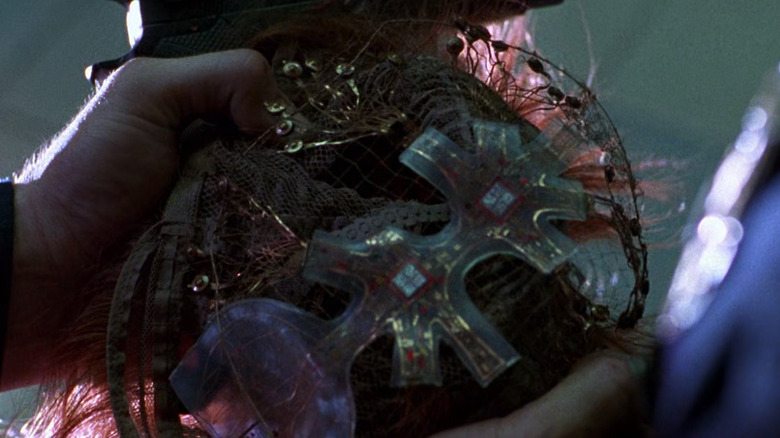
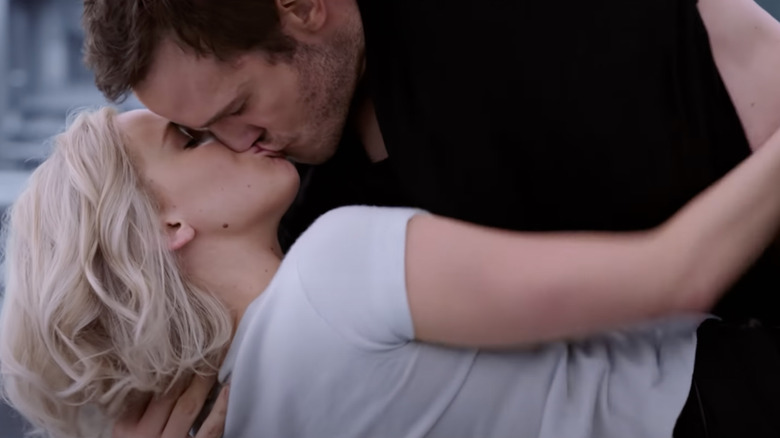
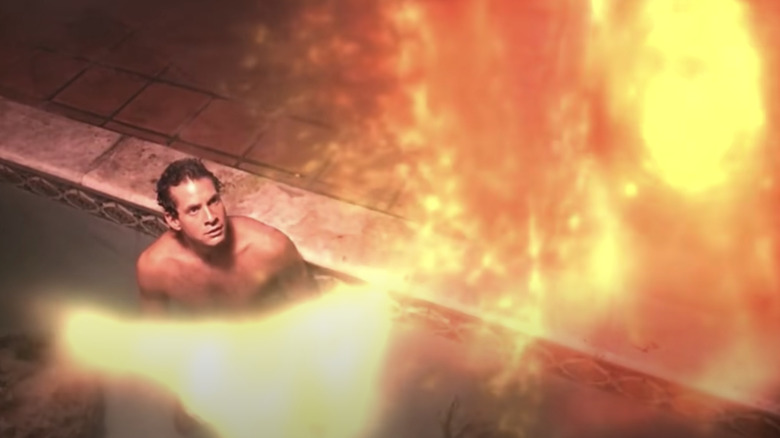
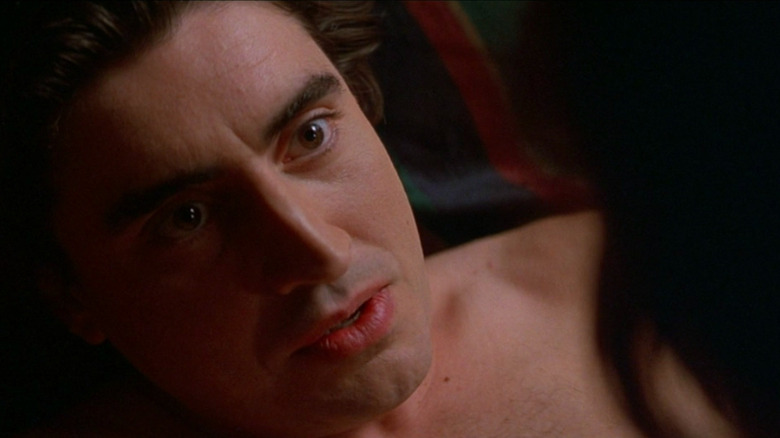
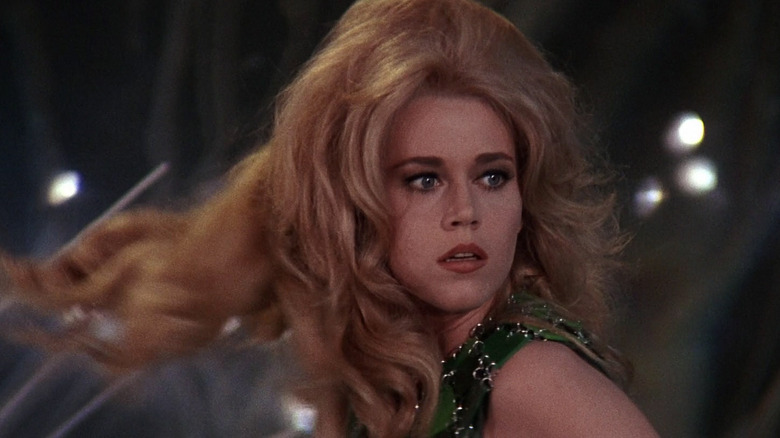
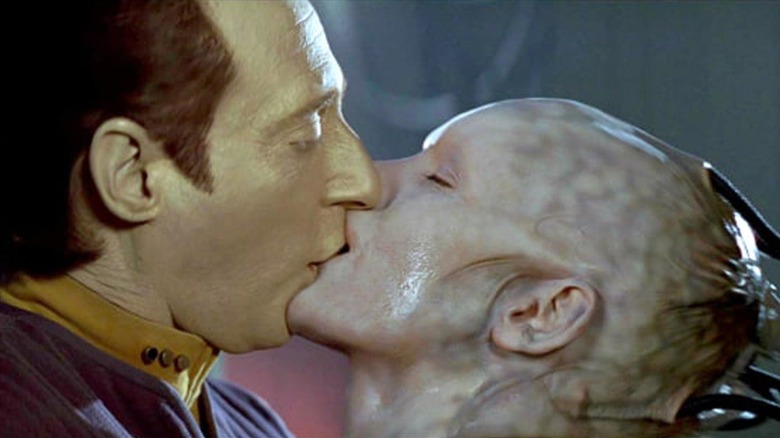
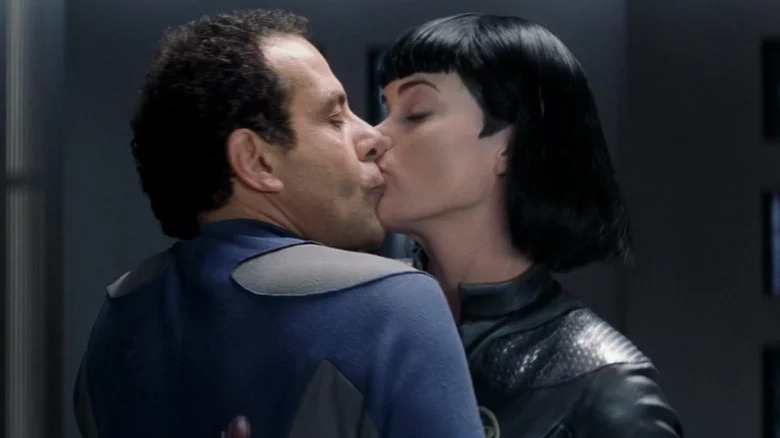
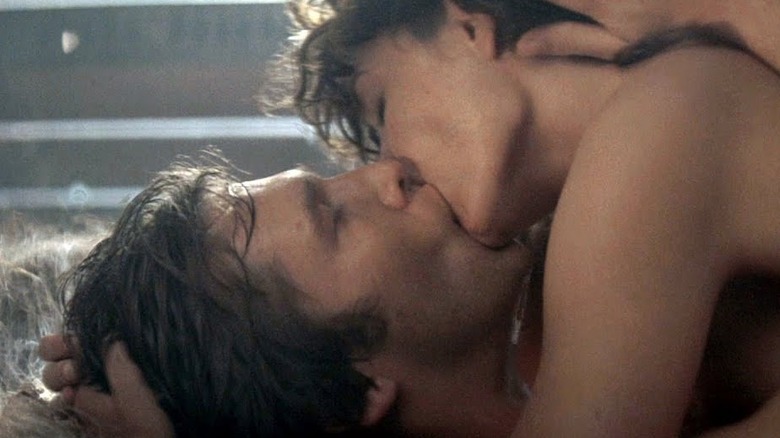
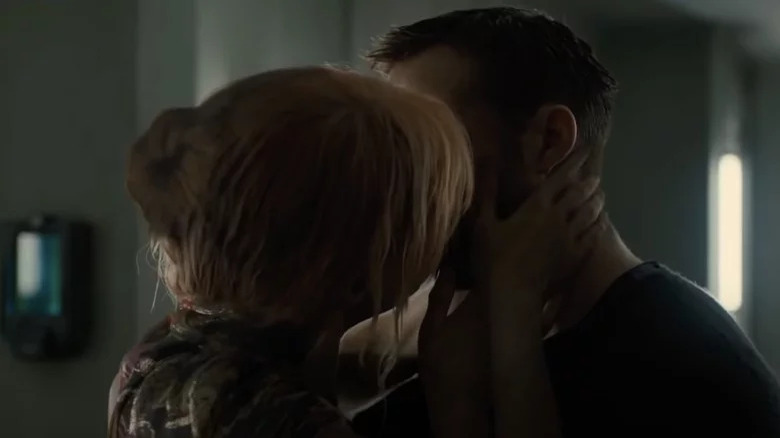
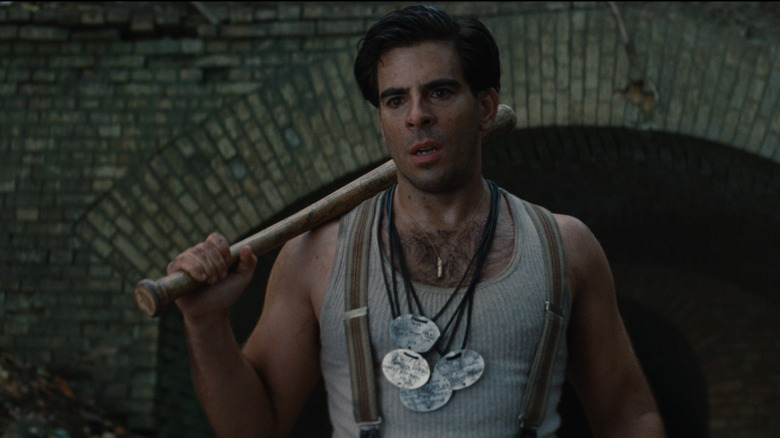

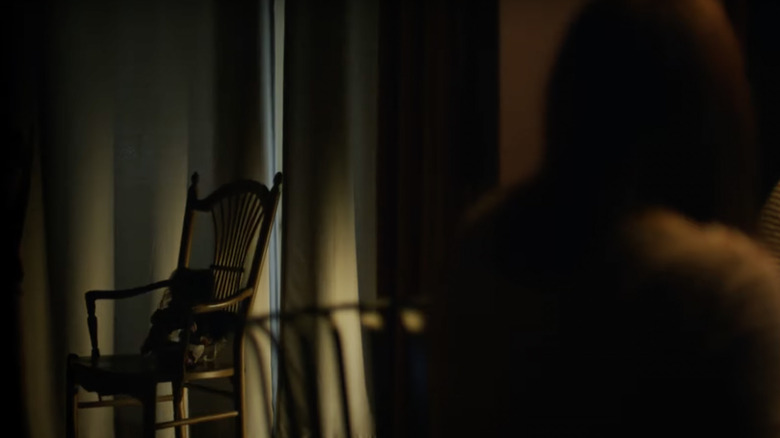



























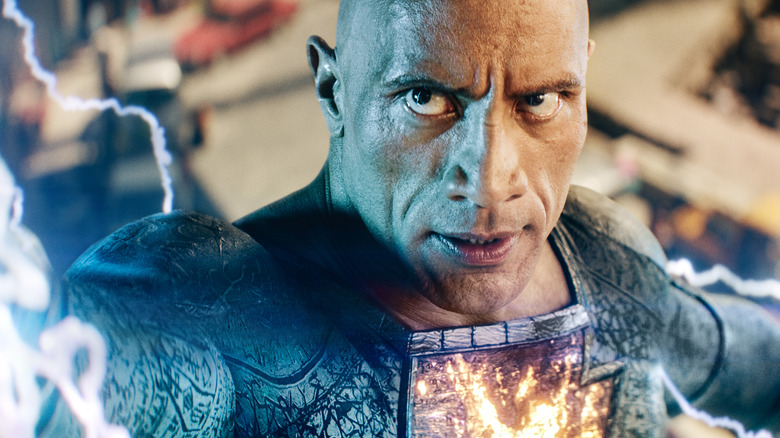
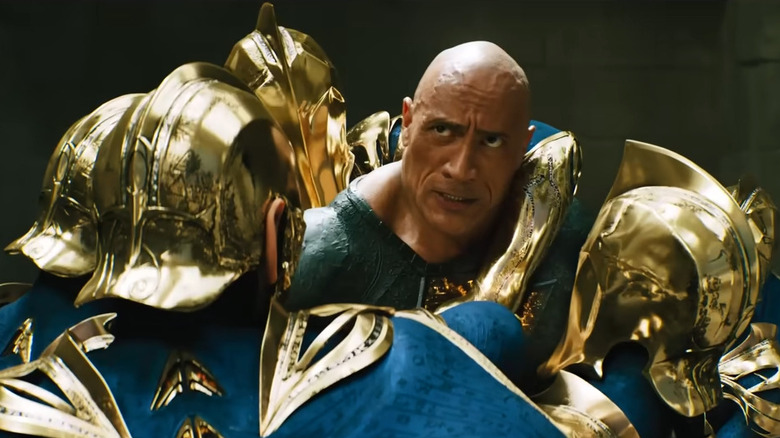
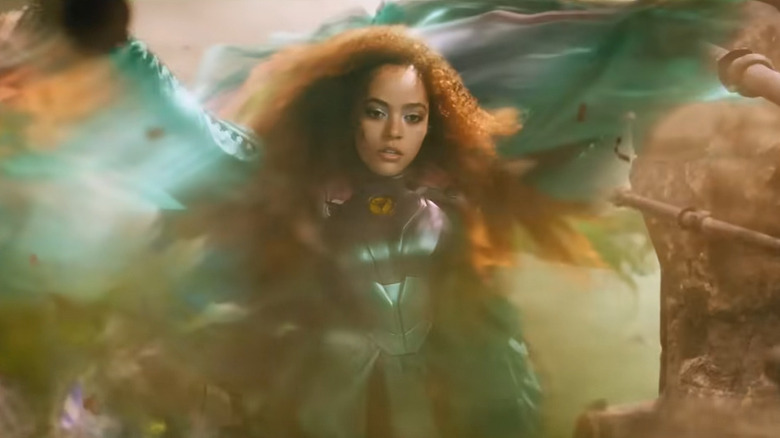
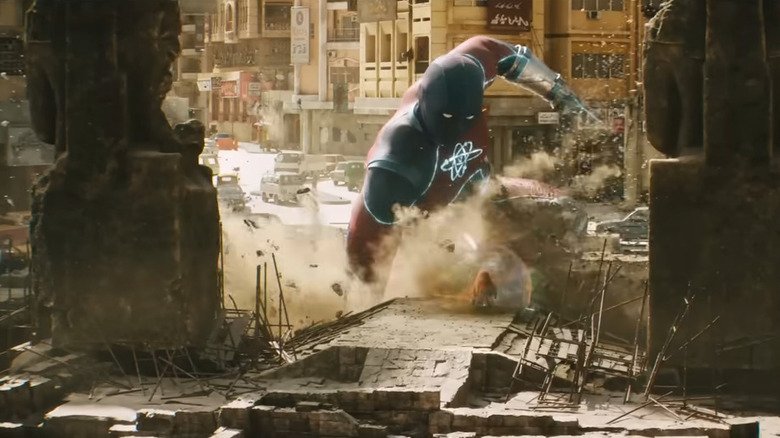



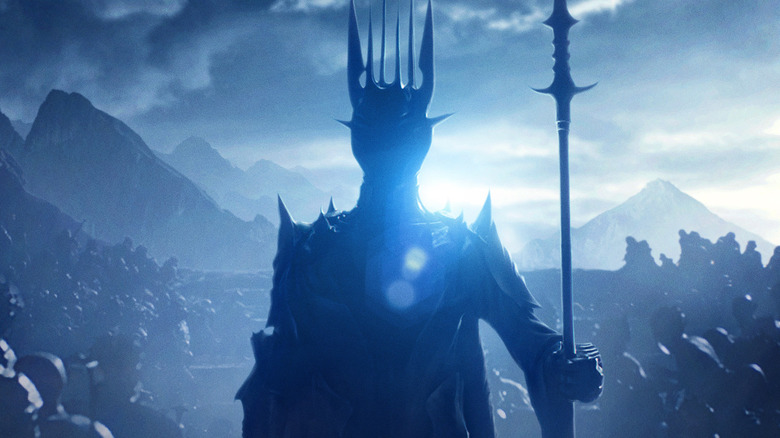
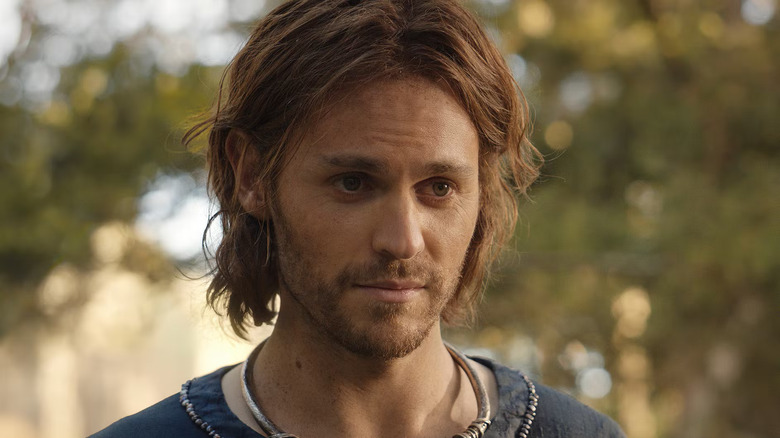
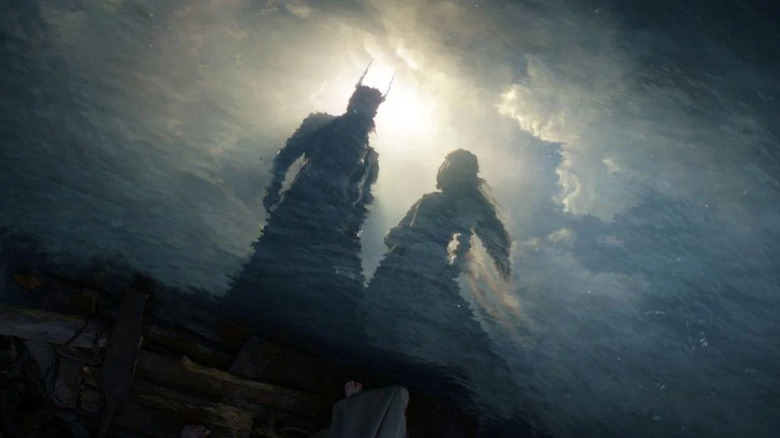





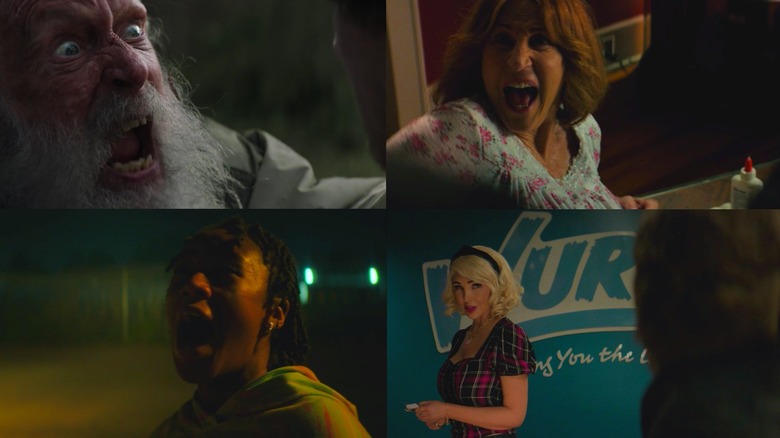
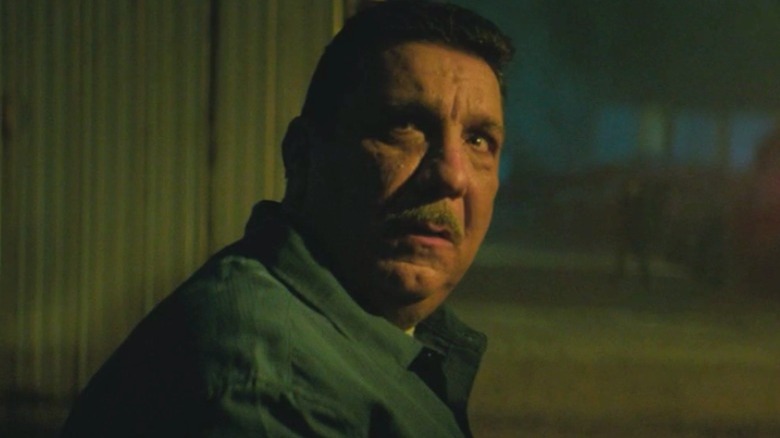
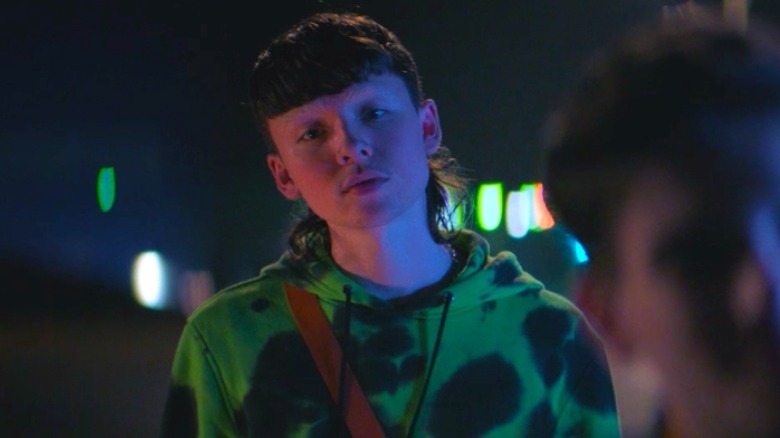
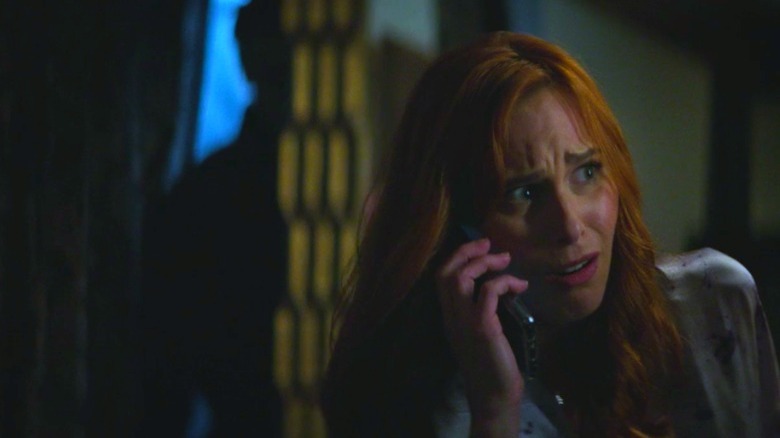
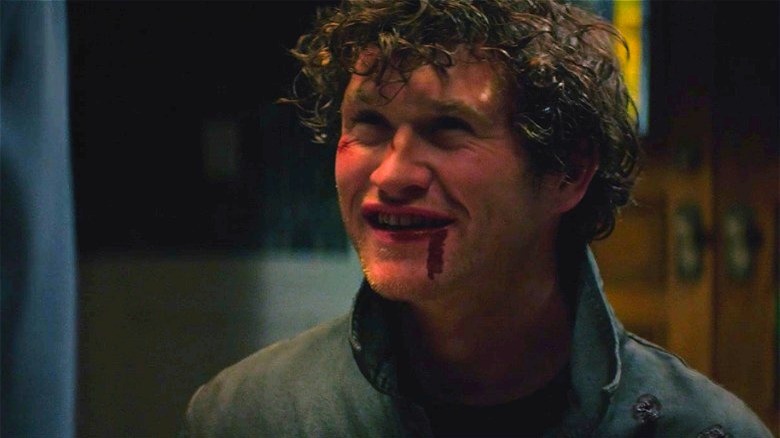
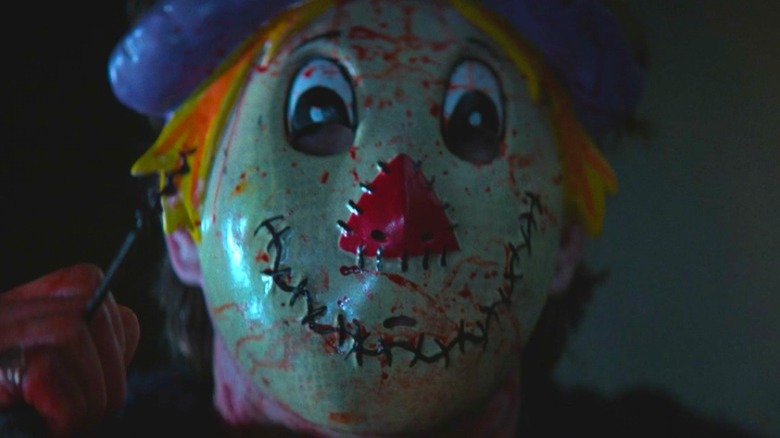
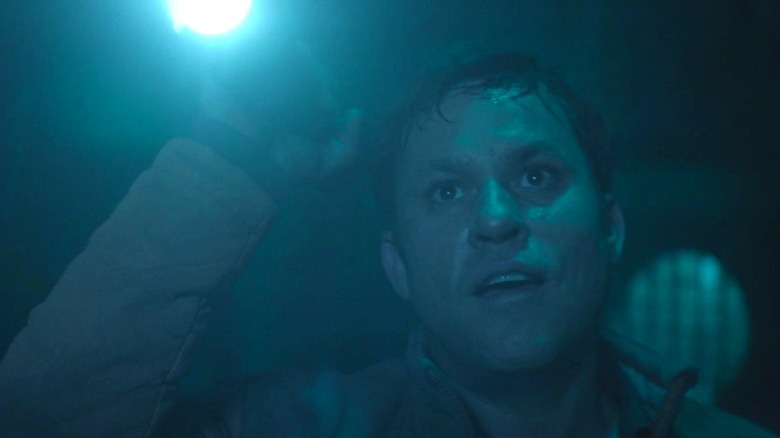

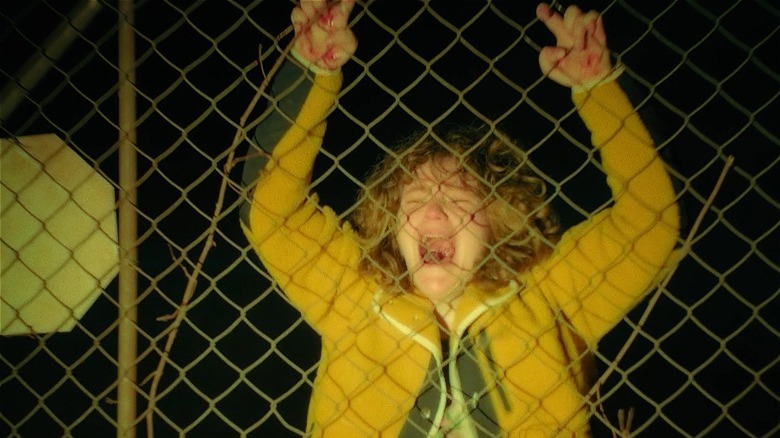
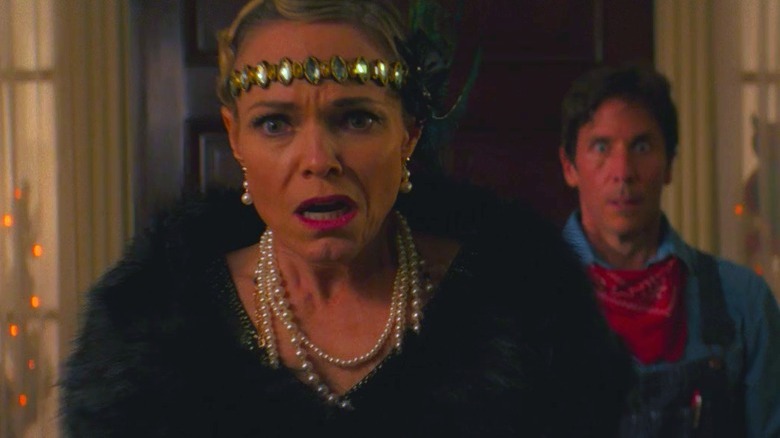
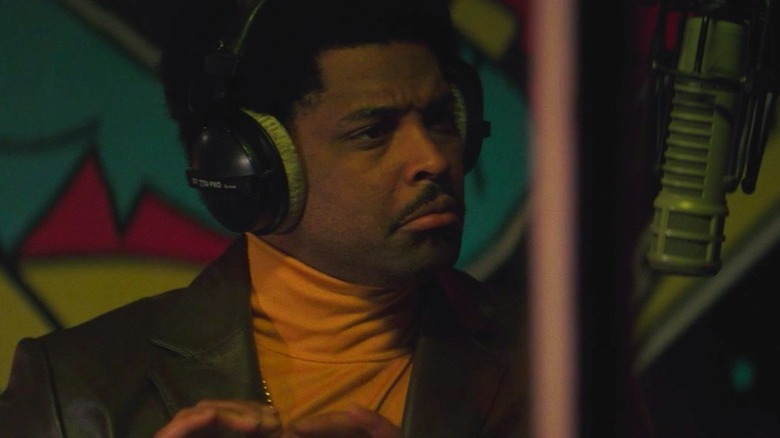
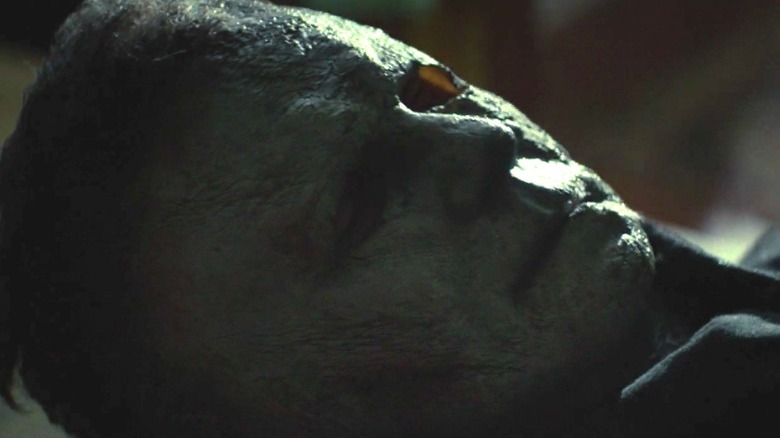
![[News] Tobin Bell Resumes Jigsaw Voice for SAW: THE EXPERIENCE](https://i0.wp.com/www.nightmarishconjurings.com/wp-content/uploads/2022/10/saw-the-experience.jpg?resize=640%2C426&ssl=1)
